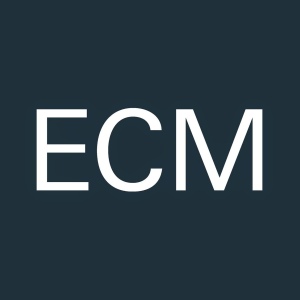Terje Rypdal
Crime Scene
Terje Rypdal electric guitar
Palle Mikkelborg trumpet
Ståle Storløkken Hammond B-3 organ
Paolo Vinaccia drums, sampling
Bergen Big Band
Olav Dale conductor
Recorded May 2009 at Nattjazz, Bergen by Norsk Rikskringkasting
Engineer: Per Ravnaas
Produced by Erling Wicklund
A line from The Good, the Bad and the Ugly plunges us into the world of Terje Rypdal’s Crime Scene: “Since we’re all going in the same direction, we might as well go together.” The fruit of a commission for the 2009 Nattjazz Festival in Bergen, Norway, the album is both a departure and a homecoming. In the former sense, it puts the Norwegian guitarist-composer’s pen to the 17-piece Bergen Big Band; latterly it deploys the rawness of his electric guitar into a mounting energy field. Joining him on the main stage are trumpeter Palle Mikkelborg, drummer Paolo Vinaccia, and Ståle Storløkken on Hammond B-3 organ, all under the baton of Olav Dale. The cinematic charge of such forces is brought home by Vinaccia’s tasteful, if unabashed, sampling of classic Hollywood westerns, gangster pictures, and films noirs.
Rypdal’s long-range suite erects a ghost town of familiar voices: Clint Eastwood’s Blondie, Marlon Brando’s Don Corleone, and even (surprisingly?) Christopher Lloyd’s Doc Brown add their own grit and wit to an appropriately gravelly undercurrent. Much has been made about the use of samples in this otherwise muscled sonic experience, but these popular sound bites provide anchorage for the music’s spiraling outcomes. In regard to those outcomes Rypdal gives us tantalizing clues by way of tongue-in-cheek track titles like “Prime Suspects,” “The Criminals,” and “Investigation.” Throughout this course in aural detection we encounter dueling tenors (both instrumental and emotional) and a trio of bass clarinets, the undercurrent of Storløkken’s Hammond stoking the furnace all the while. Mikkelborg often echoes Miles Davis (a major influence on Rypdal’s earliest fusional stirrings) as the rhythm section’s grungy airlock holds its own against a tide of brass. Through this Rypdal’s guitar cuts—not a knife but a siren, breaking the seal on a bag of forensic evidence with sheer force of thought.
As referential as Crime Scene is to its thematic bon mots, it is even more so to Rypdal’s own career and inspirations. Head-nodding bass lines recall What Comes After and Odyssey, scalding the night with their nostalgia. The ambient collage of “Parli con me?!” and hard-hitting funk of “Action” (a prime vehicle for Rypdal the acrobat) rest comfortably between composite sketches of horns. And the darker “It’s Not Been Written Yet” leads to the even darker conclusion of “Crime Solved,” the low drone of which burrows into the skull in a way not heard since Q.E.D.
Crime Scene belongs to that sparsely populated league of such montage procedurals as John Zorn’s masterful Spillane. Although it may not puff as many cigarettes as Zorn’s exemplar, it nevertheless swims in its fair share of smoke.
(To hear samples of Crime Scene, click here.)


